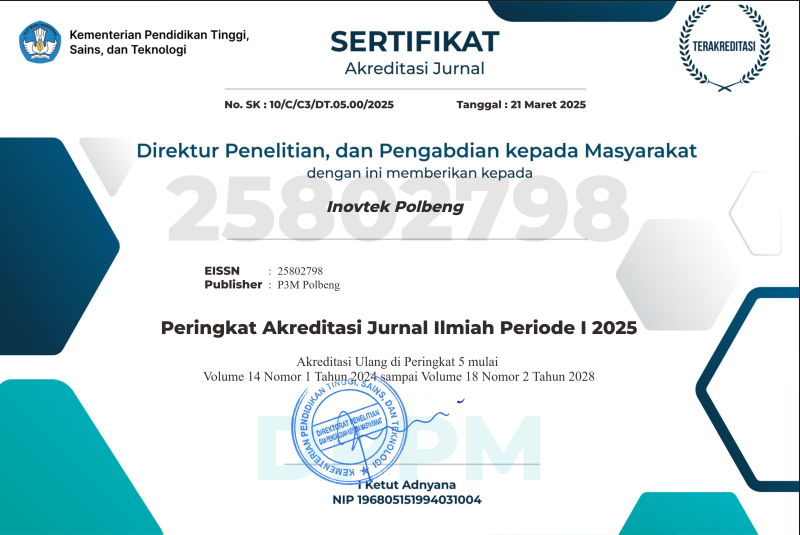ANALISIS PERBANDINGAN KEKUATAN KONSTRUKSI PARALLEL MIDDLE BODY OIL TANKER 5000DWT MENGGUNAKAN METODE TEORI BALOK DAN FINITE ELEMENT METHOD
DOI:
https://doi.org/10.35314/7haf8862Keywords:
Konstruksi, finite element, kapalAbstract
A crude oil tanker is a tanker designed to transport crude oil. This type of ship plays a crucial role in the distribution process of oil and its derivatives. To achieve optimal efficiency, the ship is designed with a strong structure according to allowable modulus, enabling it to carry more cargo. In the structural design of the ship, analysis of construction strength across the entire vessel is essential. The method used for this analysis involves numerical methods and the Finite Element Method. Based on the analysis of the cross-sectional construction, the total weight of the ship under full load conditions is 7021.59 tons. The buoyant forces on the ship in even keel, sagging, and hogging conditions are 7028.99, 7027.62, and 7021.65 tons respectively, resulting in a moment of inertia on the horizontal axis of IH = 149.4 m4. With these cross-sectional dimensions, the maximum bending moment is determined to be 24.73 N/mm2. The bending moment results in a shear stress of 1.10 N/mm2. Furthermore, Finite Element Analysis (FEA) was conducted, revealing the highest maximum stress during hogging conditions at 16546 MPa. The maximum deflection under hogging conditions was found to be 7661.6 mm.












